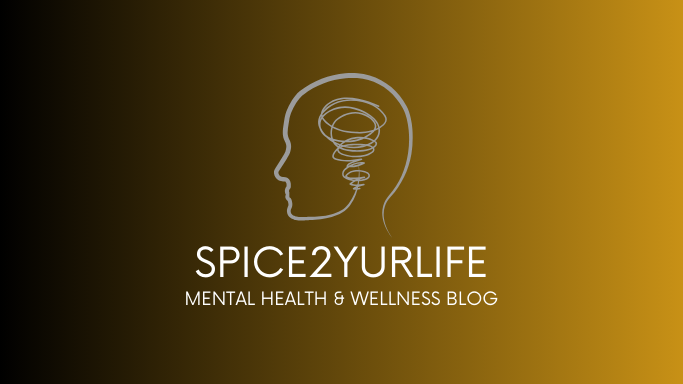Domestic violence, also referred to as intimate partner violence (IPV), is a serious issue that affects millions of people across the world, regardless of age, gender, or background. It can take many forms—physical, emotional, psychological, financial, or sexual abuse—and often leaves long-lasting impacts on a victim’s mental and physical health. Recognizing the signs of domestic violence is crucial for early intervention and offering support to those affected. Here, we'll explore the warning signs of domestic abuse and ways to help.
Understanding Domestic Violence
Domestic violence is about one person in a relationship trying to control or dominate the other. It can occur in any relationship—between spouses, dating partners, or even within the family. Abuse can escalate over time, making it challenging for victims to identify or admit to what is happening. By understanding the signs, we can better support those in need and potentially save lives.
Common Signs of Domestic Violence
There are many indicators that a person may be experiencing domestic violence. While some are more visible, others can be subtle and easy to miss. Below are some of the key signs to watch for:
1. Physical Signs
- Unexplained bruises, cuts, or injuries: Frequent injuries, often explained away as accidents or due to being clumsy, could be a sign of physical abuse.
- Wearing clothing to hide injuries: Victims might wear long sleeves or sunglasses indoors, even in warm weather, to cover bruises or marks.
- Frequent doctor visits: Multiple trips to healthcare providers with vague complaints, especially if accompanied by the partner, may indicate abuse.
2. Emotional and Psychological Abuse
- Fear and anxiety: Constant anxiety or jumpiness when the partner is around can signal emotional or psychological abuse.
- Low self-esteem: Abusers often belittle or criticize their partners, leading to a diminished sense of self-worth and confidence.
- Feeling isolated: Abusers frequently cut off their victims from friends and family, either by physically isolating them or controlling their communication.
- Changes in personality: Someone who was once outgoing and lively may become withdrawn, quiet, or overly apologetic.
3. Behavioral Changes
- Sudden withdrawal from social activities: The person may stop attending social events or participating in hobbies they once enjoyed.
- Changes in work or school performance: The victim may frequently miss work or school, show a lack of concentration, or perform poorly.
- Frequent, last-minute cancellations: They may cancel plans unexpectedly, especially if the partner is displeased by their social interactions.
4. Control Over Finances
- No access to money: The abuser may restrict the victim’s access to bank accounts, credit cards, or other financial resources.
- Monitoring spending: Abusers may demand receipts for every purchase or control how much is spent on necessities.
- Preventing employment: Some abusers may prevent their partner from getting or keeping a job, keeping them financially dependent.
5. Sexual Abuse
- Forced sexual acts: The abuser may coerce or force the victim into unwanted sexual acts.
- Using sex as a weapon: Withholding sex, forcing intimacy, or using sexual encounters to manipulate the victim are forms of sexual abuse.
6. Intimidation and Threats
- Threatening to harm the victim or loved ones: Abusers often use threats as a way to instill fear and maintain control.
- Destroying personal belongings: Breaking or destroying items of significance to the victim can be a sign of escalating violence.
- Threats of self-harm or suicide: Abusers may use threats to harm themselves as a way to manipulate and control their partner.
What You Can Do If You Suspect Abuse
If you suspect that someone you know is experiencing domestic violence, there are ways you can support them:
1. Approach With Care: Choose a private setting and express your concern in a non-judgmental, supportive way. Avoid pushing them to talk, as this can increase their feelings of fear and shame.
2. Listen and Validate: Let them know that what they are experiencing is not their fault and that they are not alone. Listening without judgment can help them feel seen and supported.
3. Provide Resources: Offer information on domestic violence hotlines, shelters, and support organizations. Suggest they create a safety plan if they choose to leave.
4. Respect Their Choices: Understand that leaving an abusive relationship is complex and can be dangerous. Even if they are not ready to leave, your support is invaluable.
Important Resources
If you or someone you know is experiencing domestic violence, consider reaching out to the following resources:
- National Domestic Violence Hotline: 1-800-799-SAFE (7233) or [thehotline.org](https://www.thehotline.org)
- RAINN (Rape, Abuse & Incest National Network): 1-800-656-HOPE (4673)
- Local Shelters and Support Groups: Research local resources to provide direct support for victims.
Final Thoughts
Domestic violence is a grave issue that can have long-term impacts on an individual's well-being. Understanding and recognizing the signs can help those around us feel less alone and more empowered to seek help. If you notice any of these indicators in someone’s life, offer support, listen without judgment, and encourage them to seek professional help. Ending the cycle of abuse starts with awareness and empathy. Together, we can create a safer environment for everyone.
Disclaimer: This post is for informational purposes only and is not a substitute for professional advice or emergency services. If you or someone you know is in immediate danger, call 911 or your local emergency number.







No comments:
Post a Comment